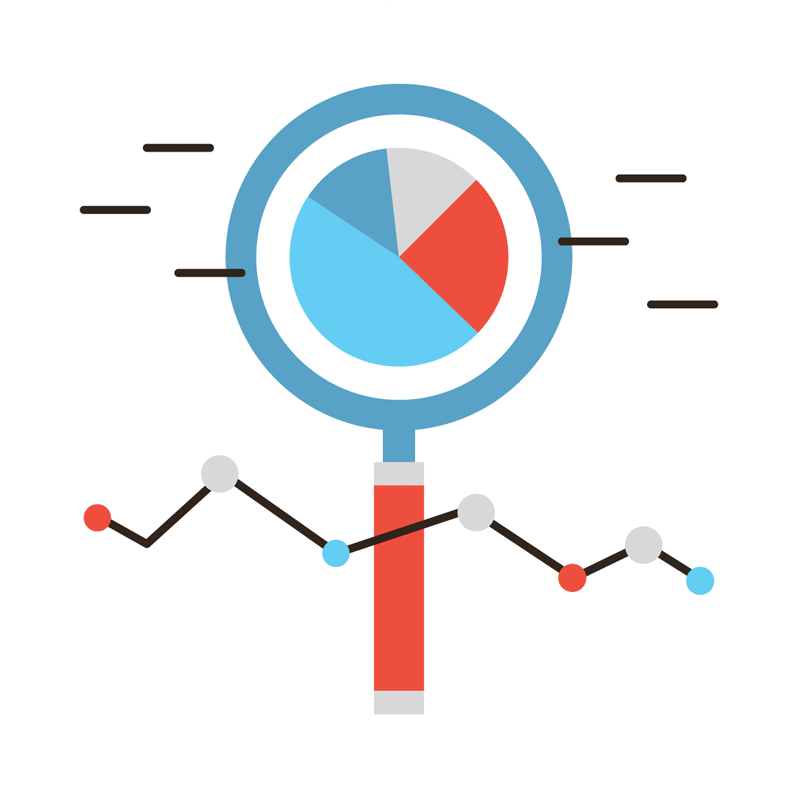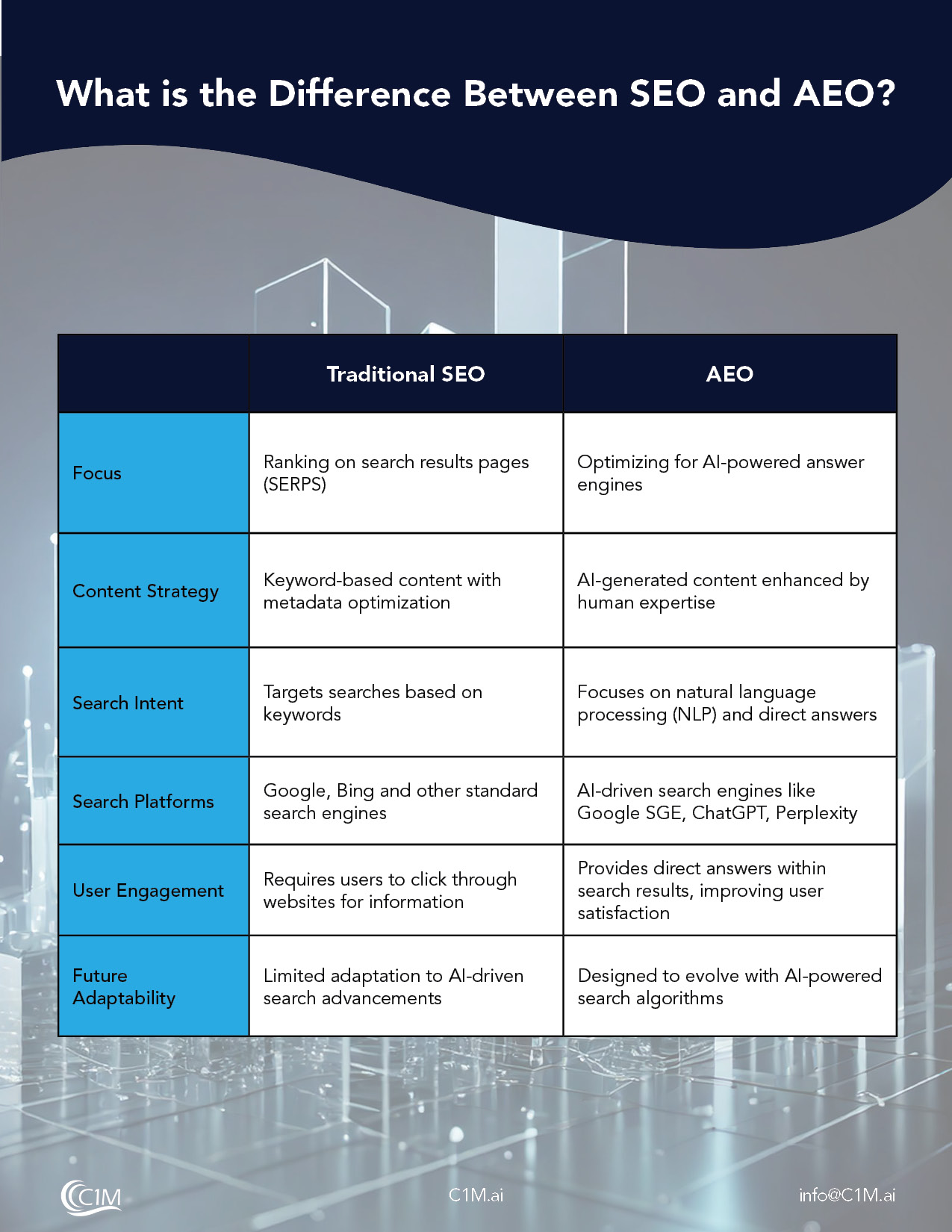
When was the last time you performed a SWOT Analysis for your organization? If it has been over six months to a year ago, it’s time to revisit and reassess this vital document.
Think back to all the life-changing events we experienced just a few years ago. Nobody predicted the disruptions that a pandemic could have on businesses. Not only were there supply chain issues, but people weren’t allowed to work together, socialize, or even enter certain establishments. As a result, hundreds of thousands of businesses closed temporarily or permanently.
A SWOT Analysis is designed to get you to think about the potential impact internal and external issues may have on your business so you can prepare.
What is a SWOT Analysis?
SWOT stands for Strengths, Weaknesses, Opportunities, and Threats. A SWOT Analysis is essential for businesses to build upon their strengths, recognize and minimize their weaknesses, seize opportunities, and reduce counteract threats they face in the marketplace. In addition, it helps organizations identify areas of potential growth or risks that need to be managed and areas in which they can become more competitive.
Who Needs to Be Involved in Developing the SWOT Analysis?
Depending on the size of your organization, you can secure buy-in from the leadership team and input from management, supervisors, customer service, marketing, employees, human resources, product fulfillment, and customers. In other words, don’t just limit input to top management. Securing input from those “in the weeds” can prove invaluable because they’re on the front lines of your business’s daily challenges and realities.
Once all the relevant data has been collected and analyzed, it should be summarized in a comprehensive document to share with other members of the organization. It’s important to revisit this document regularly to keep track of changes in your internal and external environment (e.g., industry trends, market shifts, new product launches, new competitors, etc.).
How Do I Get Started with a SWOT Analysis?
Conducting a SWOT analysis can seem challenging. However, it’s best to tackle it one step at a time. The steps below identify various factors that can be a helpful starting point of this process.
- Identify the questions or objectives for your SWOT Analysis (this will help you focus). For example, how do we get more sales? How can we improve our digital marketing efforts, etc.?
- Gather data and input from senior management, internal teams, and customers (TIP: ask team members to summarize their input in bullet form with no more than 2-3 bullet points per question).
- Obtain or perform a Competitor Analysis (identify what they do better than you, and vice versa).
- Complete the four quadrants for Strengths, Weaknesses, Opportunities, and Threats.
- Identify priorities in your SWOT analysis (those items to focus on first).
- Develop strategies to address the findings.
- Re-evaluate your SWOT Analysis every 6-12 months.
Should I Perform a SWOT Analysis in a Brainstorming Session?
While some people enjoy brainstorming ideas for each element of the SWOT Analysis, this often results in chaotic meetings where only the loudest voices & ideas are heard (and loudest does not always equal best). Additionally, brainstorming sessions can often send people down rabbit holes where the whole point of the meeting gets derailed.
A better approach is assigning one person as the SWOT leaderand having them send questions to the team beforehand. This gives everyone the opportunity to be heard and ample time to provide thoughtful input and feedback. You can then convene as a group.
What Should I Include in Each Section of My SWOT Analysis?
Strengths
In this quadrant, focus on the things at which your company excels.
This could also include your marketing efforts, such as the following:
- company culture
- onboarding and internal training programs
- customer service
- shipping times
- quality controls
- product design
- awards
- expertise
You can include both tangible and intangible items in this section. Include numbers whenever you have measurable data so you can easily track the progress from a defined point in time.
Weaknesses
This quadrant can be a difficult one for most businesses to complete. However, it’s vitally important to be completely honest about the things you don’t do particularly well or those things your competitors do better than you.
To complete this section, think back to the negative feedback you often receive from employees, customers, consultants, partners, or others. What roadblocks are preventing prospects from turning into customers? What things could you do more efficiently or better? Do you need more training to improve your expertise in specific areas?
Opportunities
In this quadrant, you want to focus on things you can fix or accomplish within six months to a year. Anything beyond that should be added to your long-term goals.
Some examples of opportunities include:
- hiring new staff who possess a particular set of skills that you’re missing.
- identifying trends that we can support with our product or service.
- providing additional training to help internal team members to do their jobs more efficiently.
- adding technology to help people perform jobs better and more efficiently.
- reduce costs.
Threats
Here is the section where you will list internal and external threats to your organization.
This can range from:
- market conditions
- supply chain issues
- rising costs
- employee attrition
- new competitors coming into the market
- privacy policies that impact marketing efforts
- industry changes
- new regulations
What Should I Do with My SWOT Analysis After It’s Completed?
Unfortunately, many companies that perform a SWOT analysis consider it a “check-the-box” activity and fail to follow up with a specific action plan to address each item. Don’t let this be you!
After completing your SWOT Analysis, identify your priorities, and action items must be delegated to individuals responsible for completing the task. When revisiting your SWOT Analysis for this purpose, it’s a good idea to look at each item and rephrase it as a task to be delegated to resources.
Then, after all the priorities are set, and all tasks are assigned (with due dates), you can share your SWOT Analysis with the team.
It’s a best practice to prioritize items based on tasks:
- you already have existing resources in place.
- you can quickly and affordably assign external resources.
- where there is no existing resource, but there is a workaround option.
- with no current resources and no workaround solution.
Review Your SWOT Analysis with C1M
Don’t forget that as changes occur to your business (e.g., new hires, new product offerings) and as the world around you (e.g., economy, competitors) evolves, you will need to re-evaluate your SWOT Analysis.
This approach will ensure you can improve your current position and mitigate external threats. Therefore, aim to update your SWOT Analysis at least once a year.
Need help performing a competitor analysis for your SWOT Analysis?



